Day 13 (February 5, 2019)
Oda, Ehime → Ōzu, Ehime
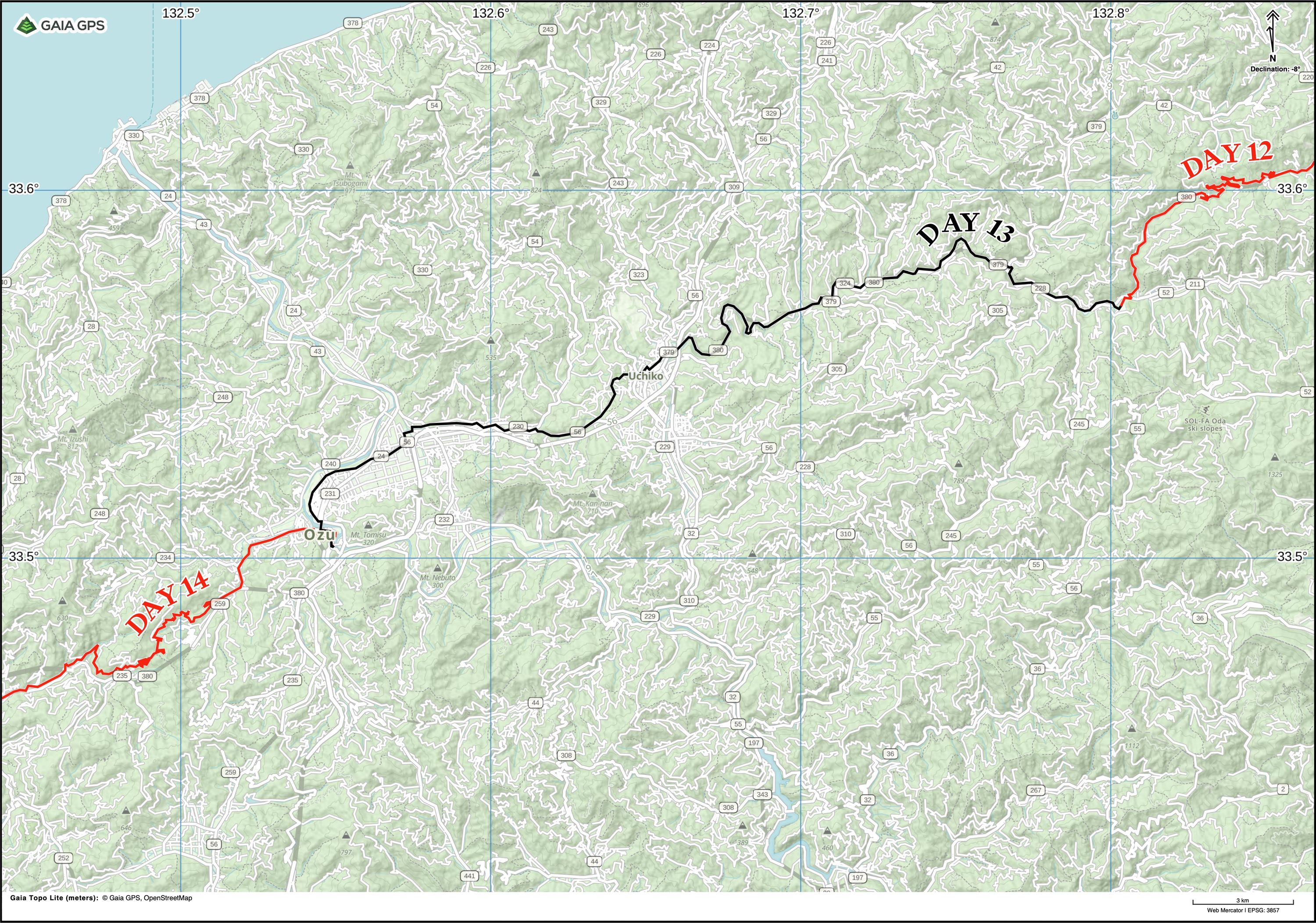
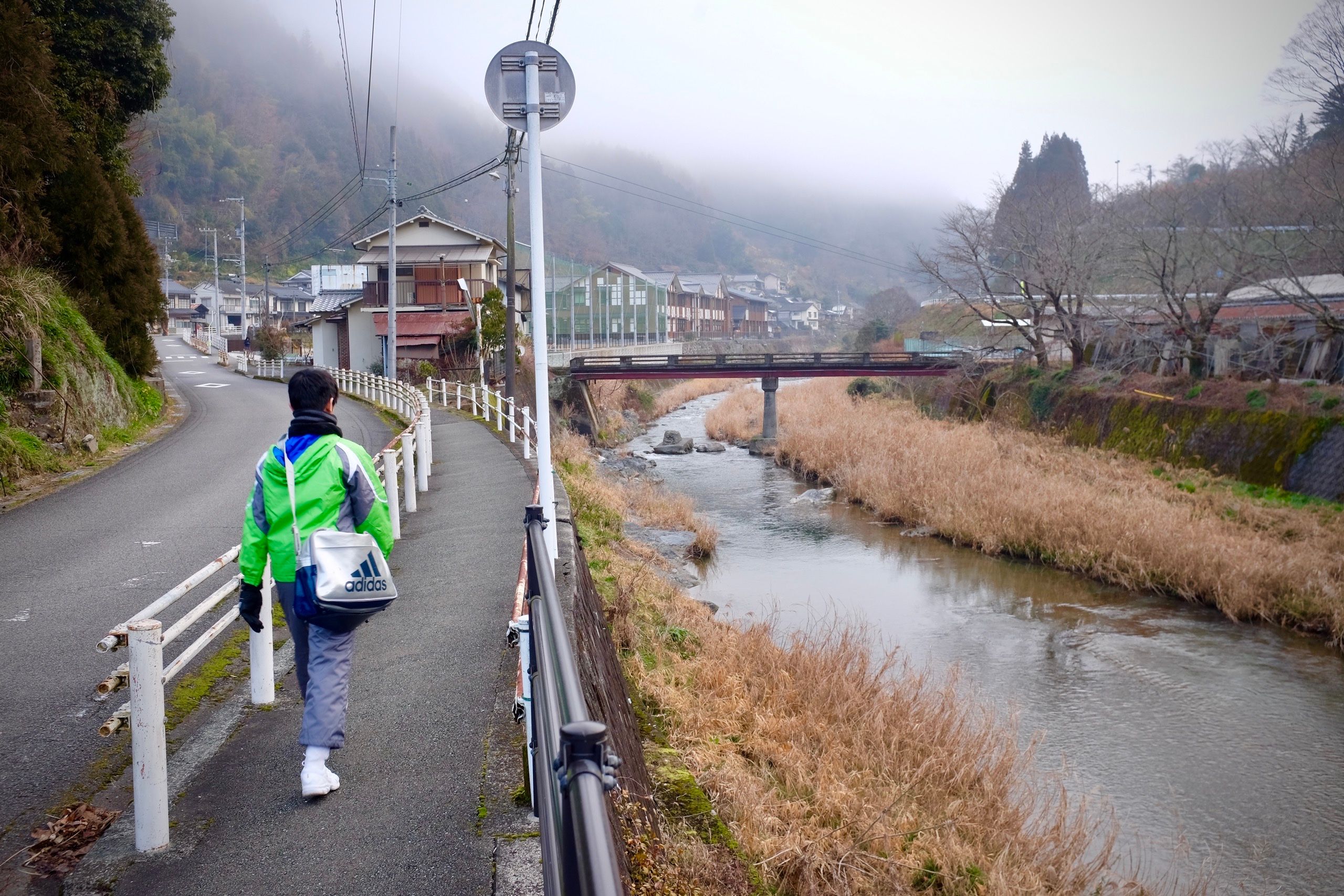
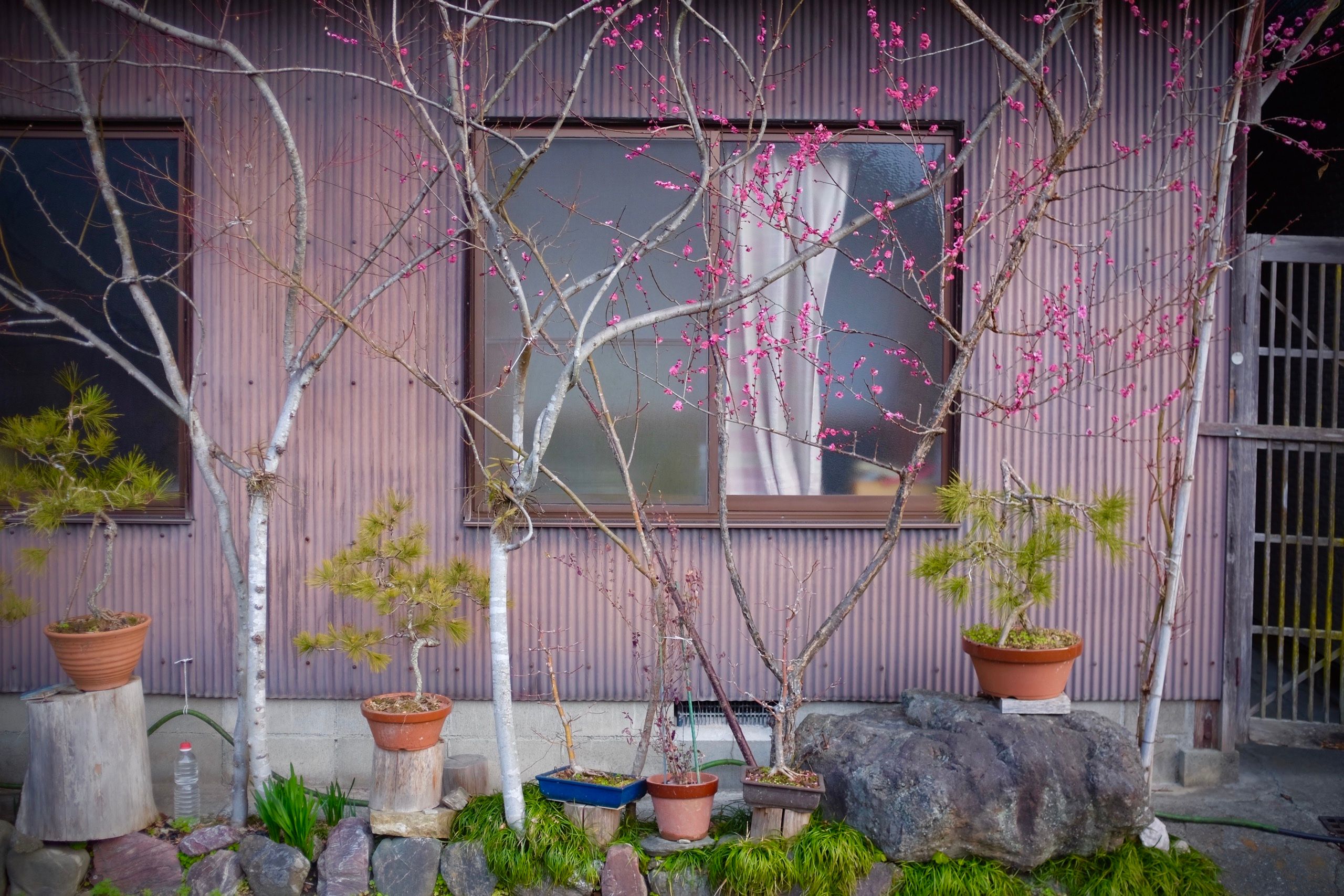
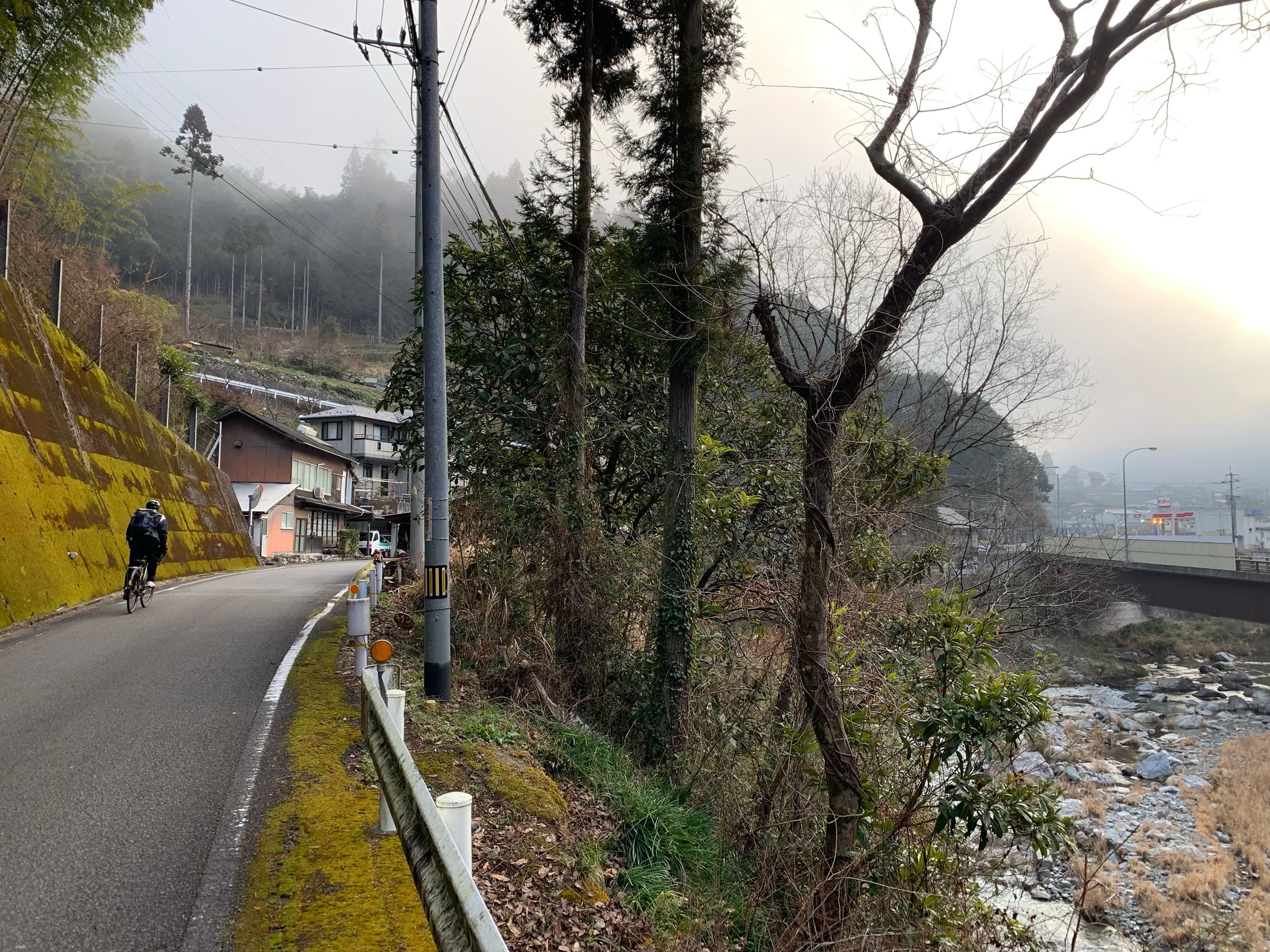
The turquoise fog lifted from the valley in slow motion, and revealed a landscape of ecstatic, weightless beauty, a flawlessly imperfect chimaera of the man-made and the natural, and this was the land dying for the asphalted and abstracted waste lands.
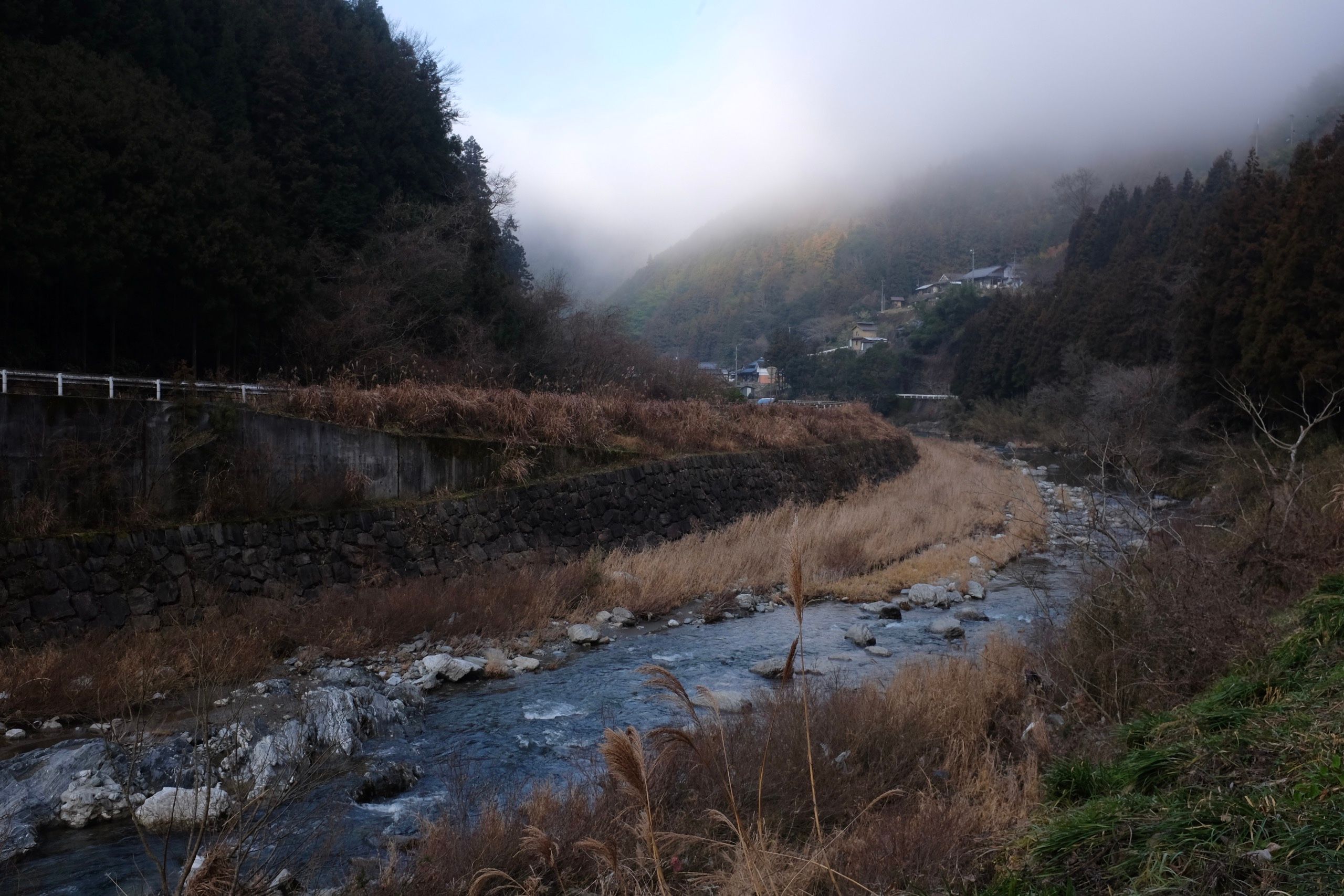
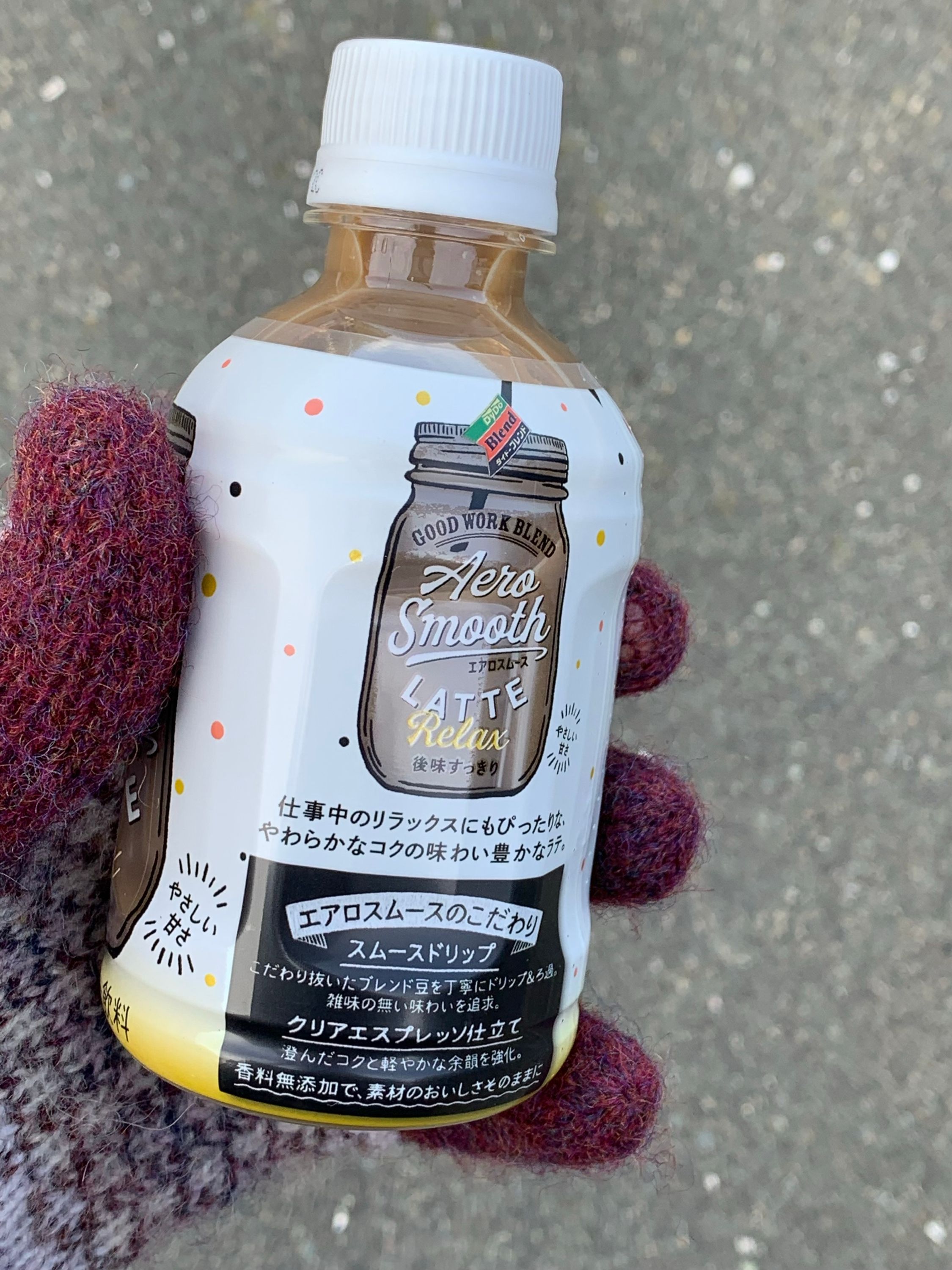
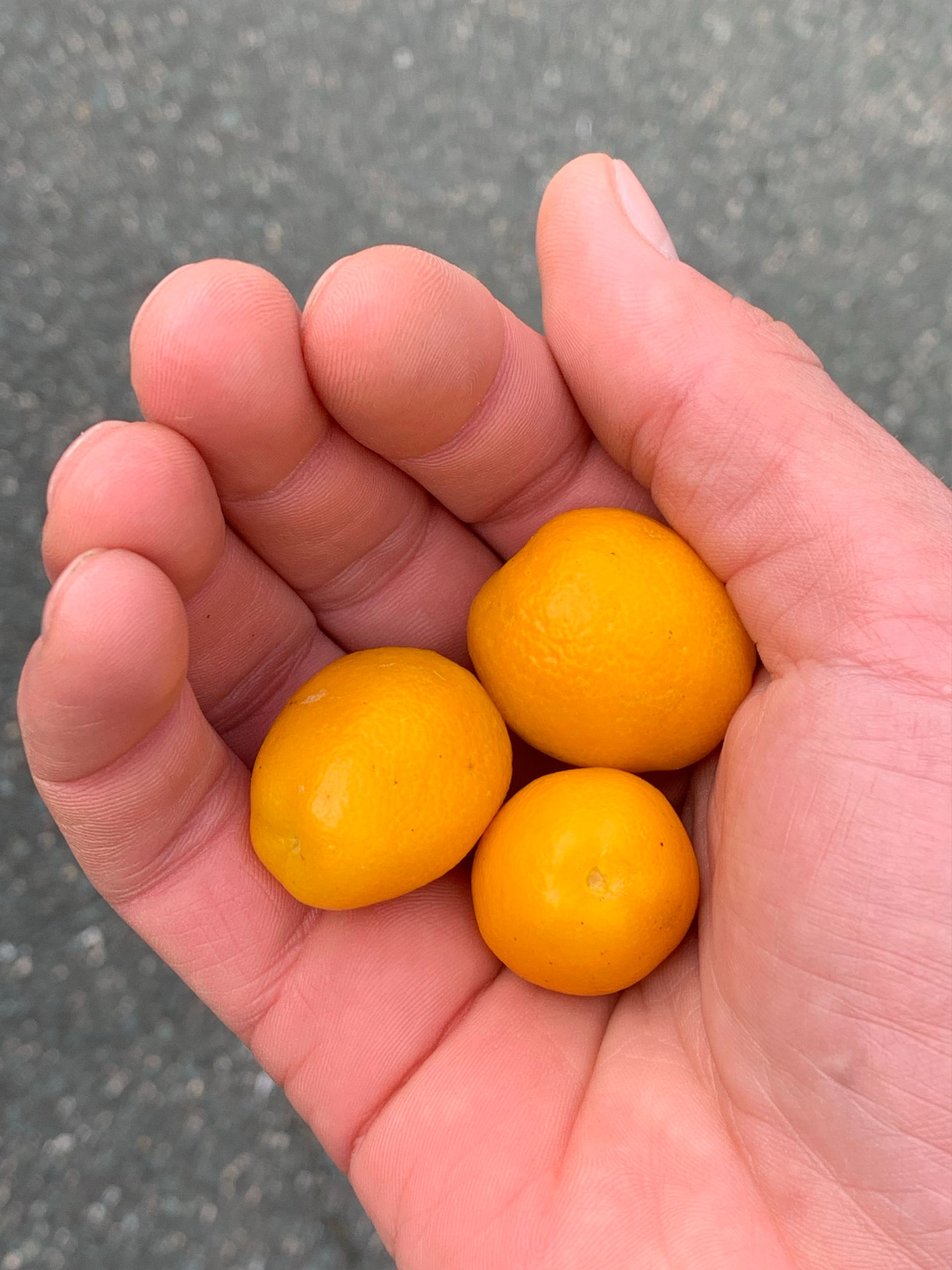
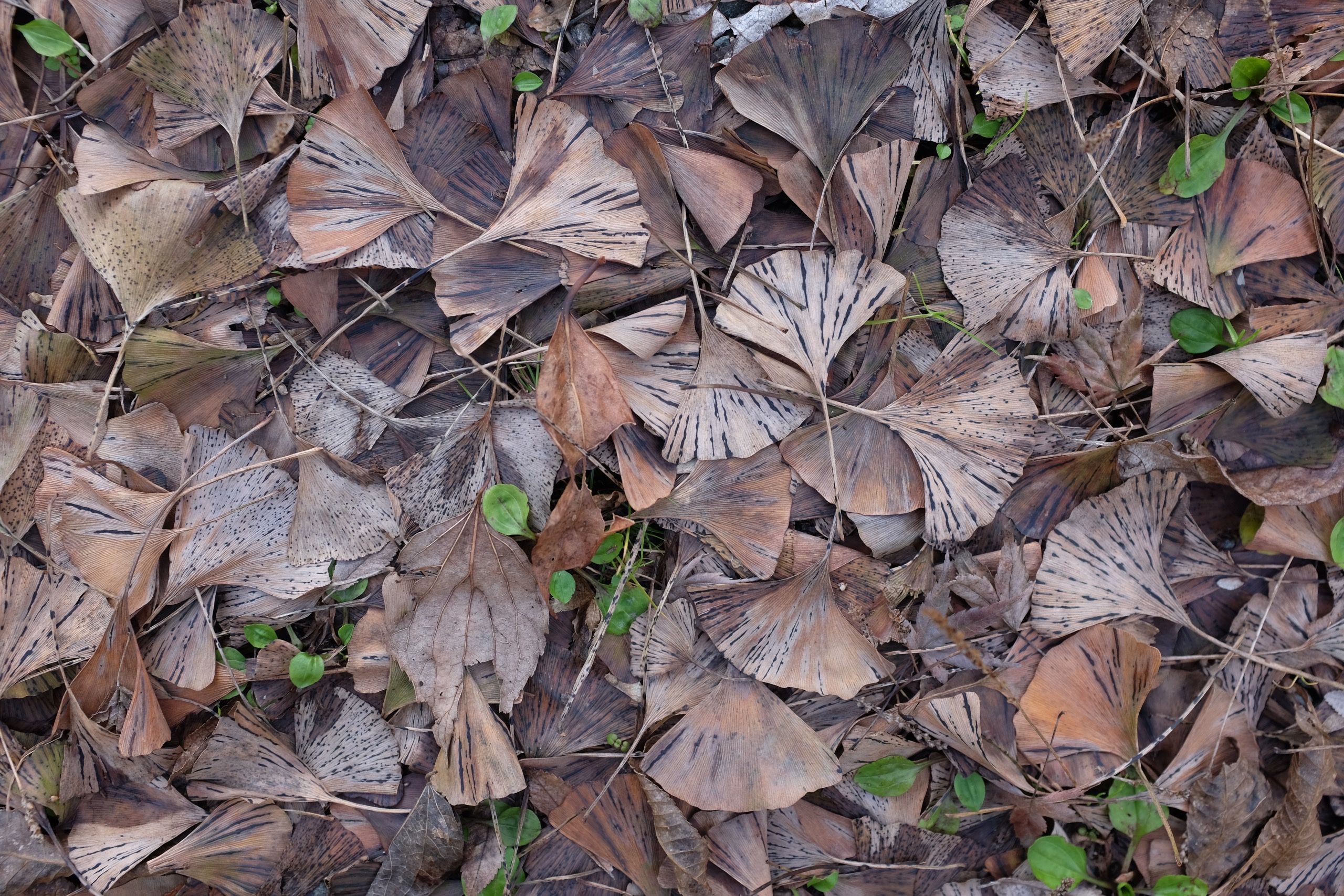
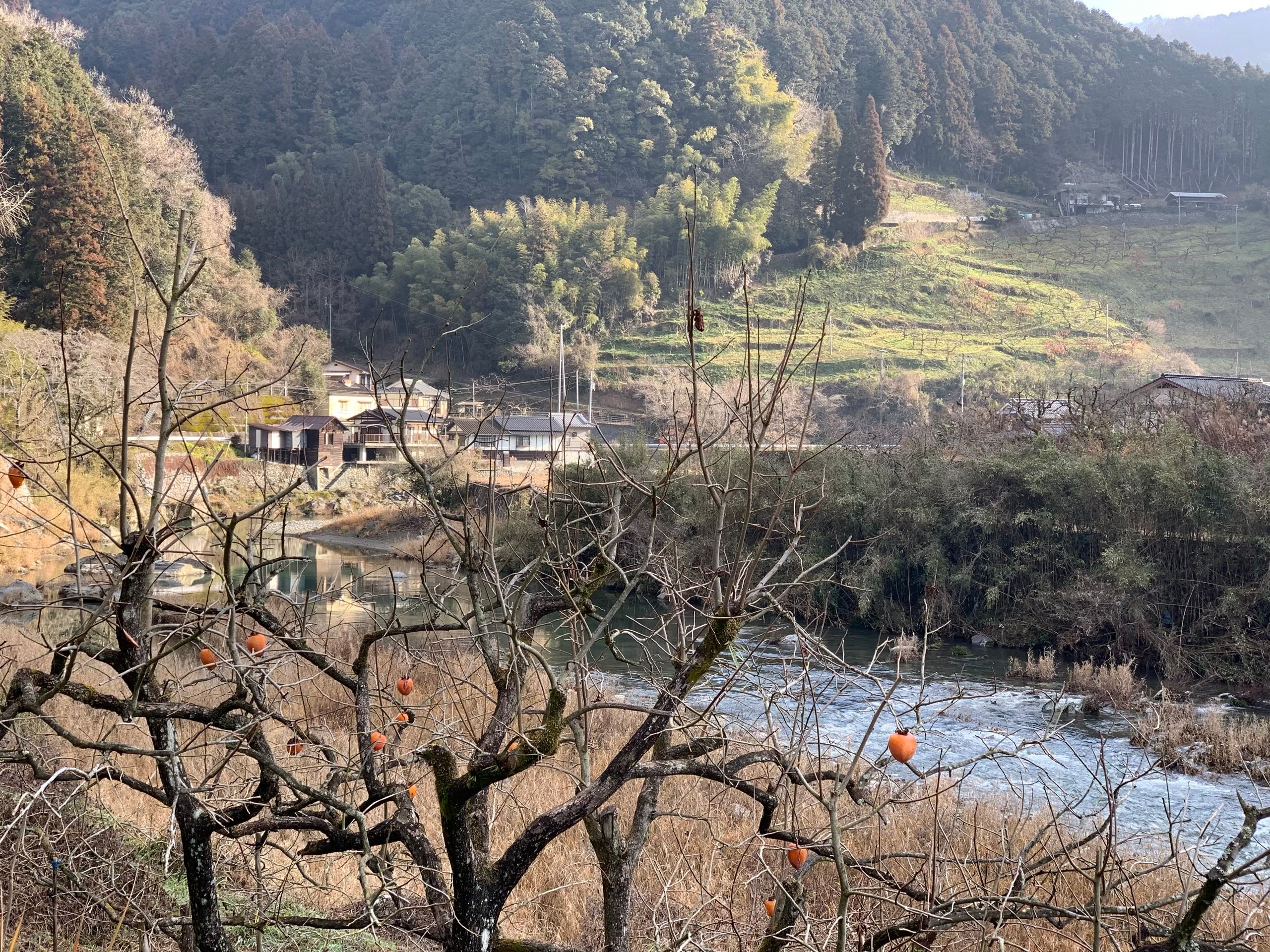
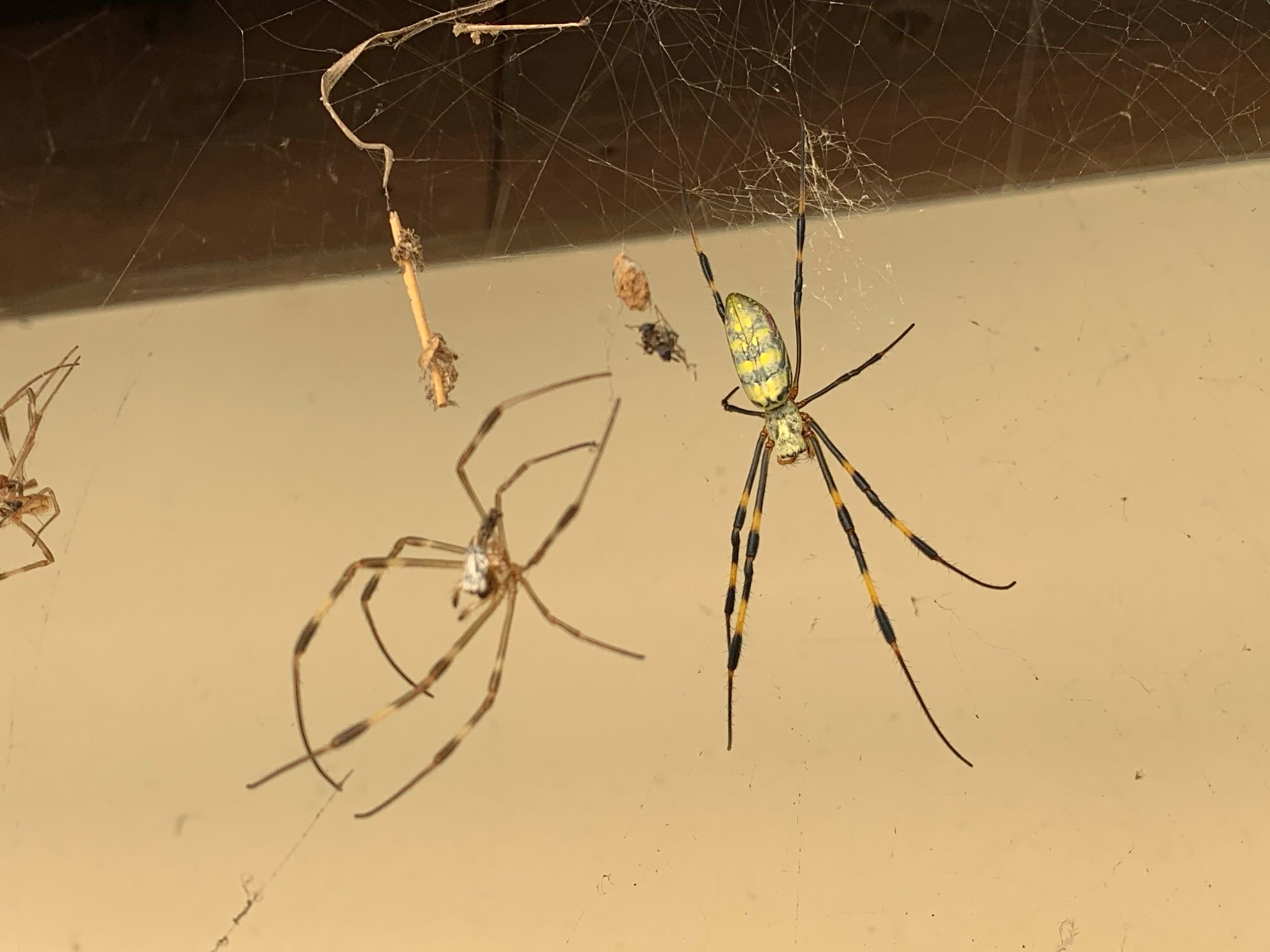
On this first day of spring, I saw the first jorō spider since I had left the Pacific coast in Tokushima, and her molted exoskeleton lay tangled in her golden silks, a discarded winter coat light and empty as a dress glove.
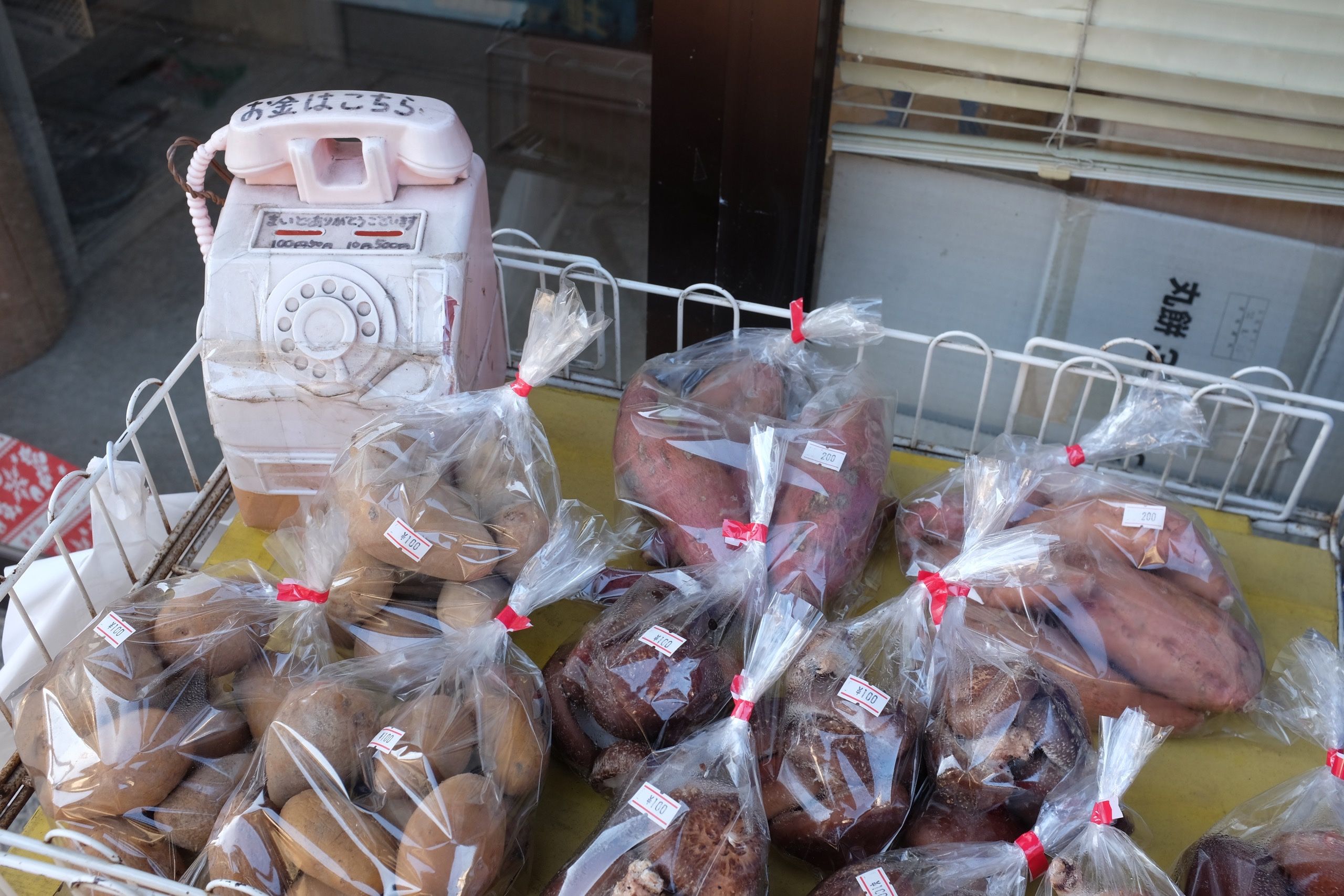

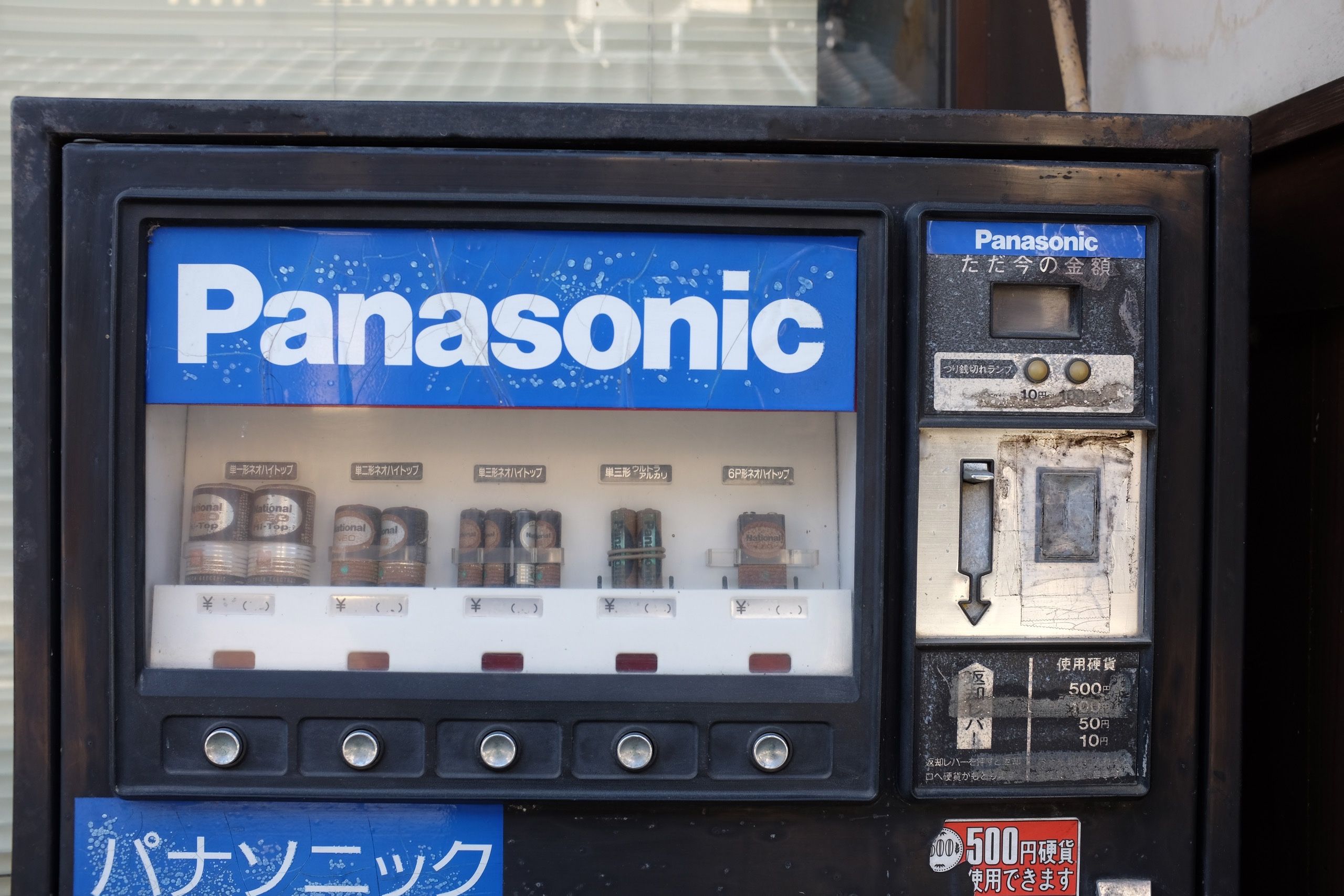
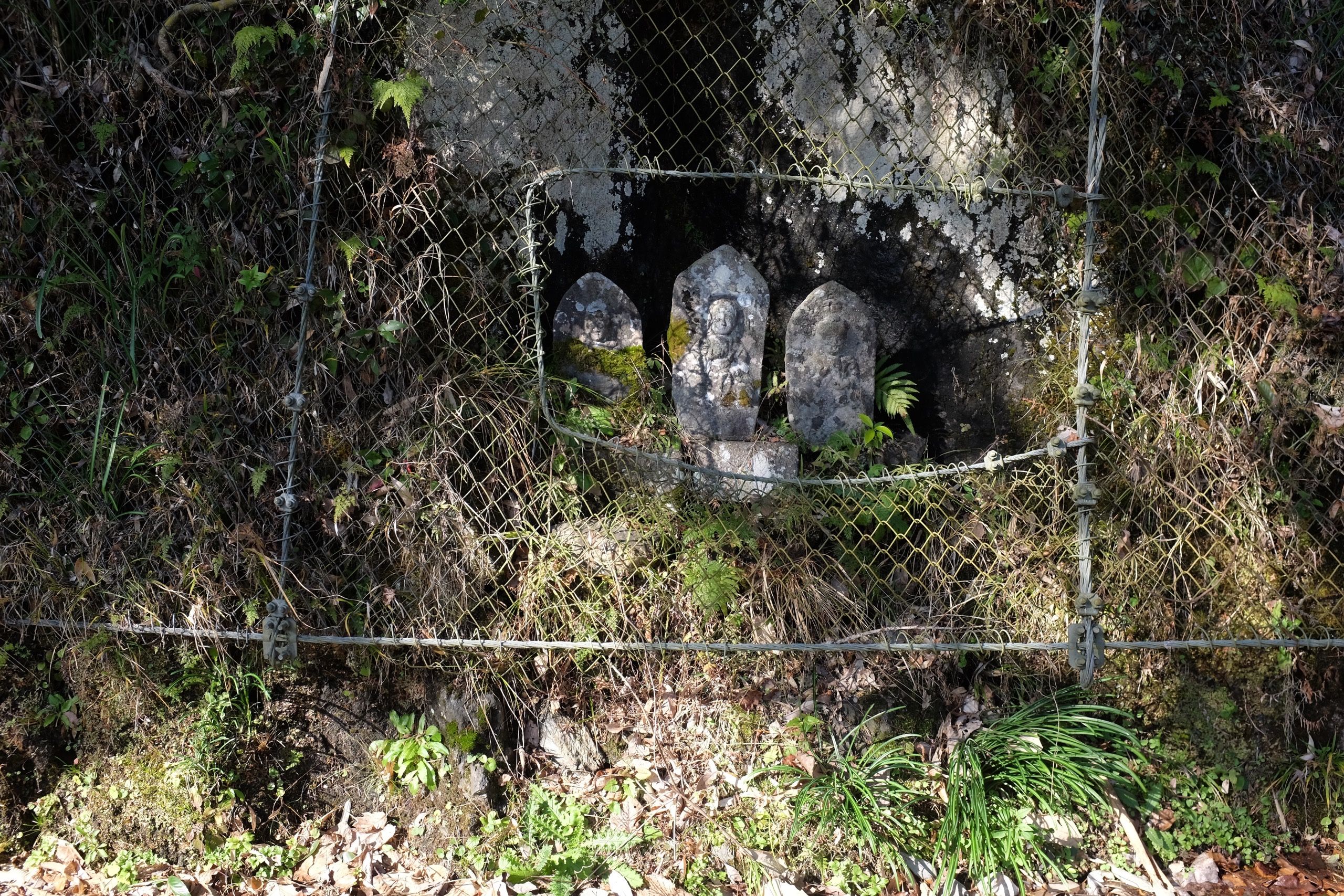
Because what use is a retaining wall against landslides, and what use is a chain-link fence against rockfalls, if the deities looking after the travelers on this particular stretch of road don’t have a window to see who needs protecting and who doesn’t, indeed.
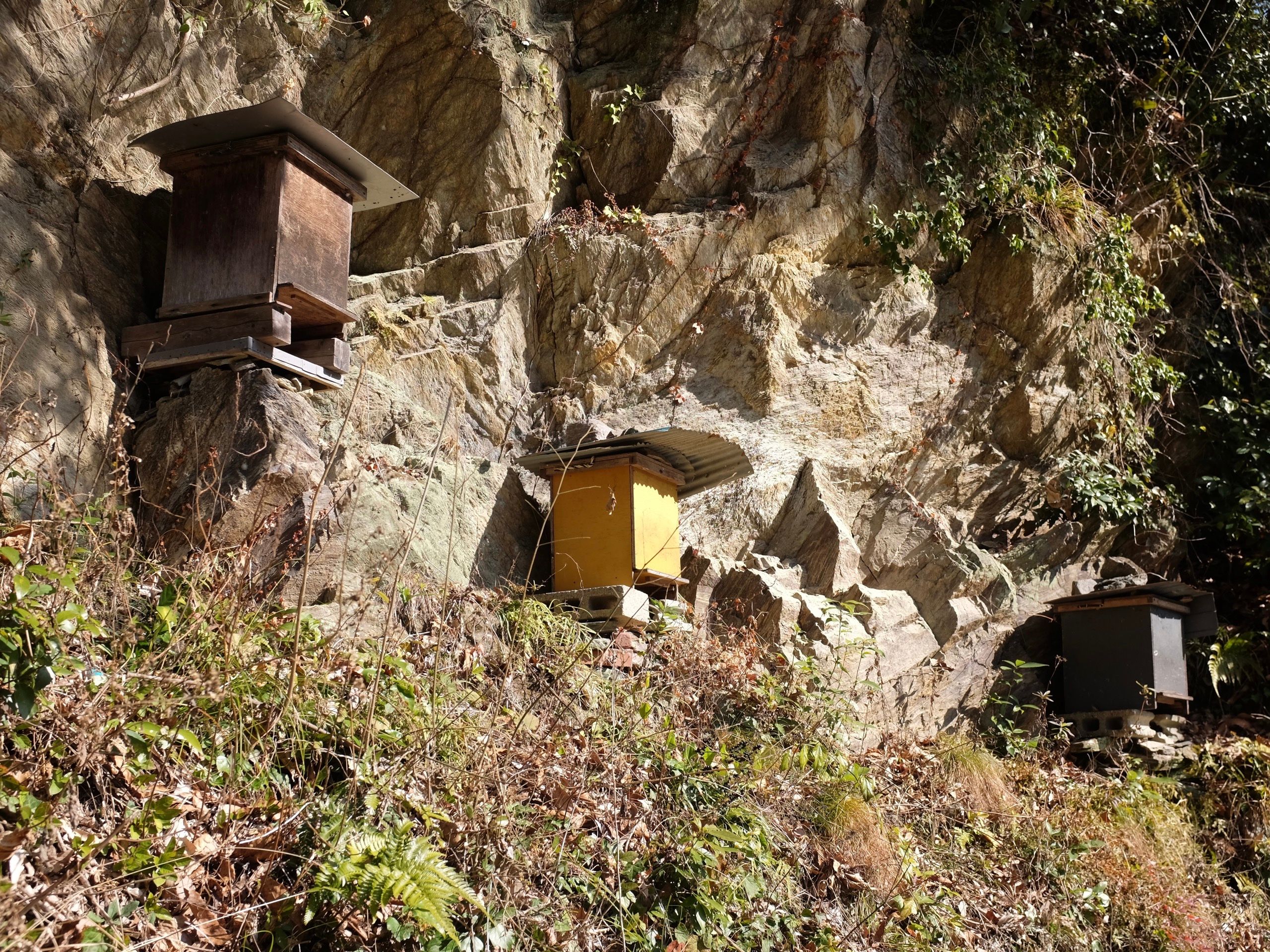
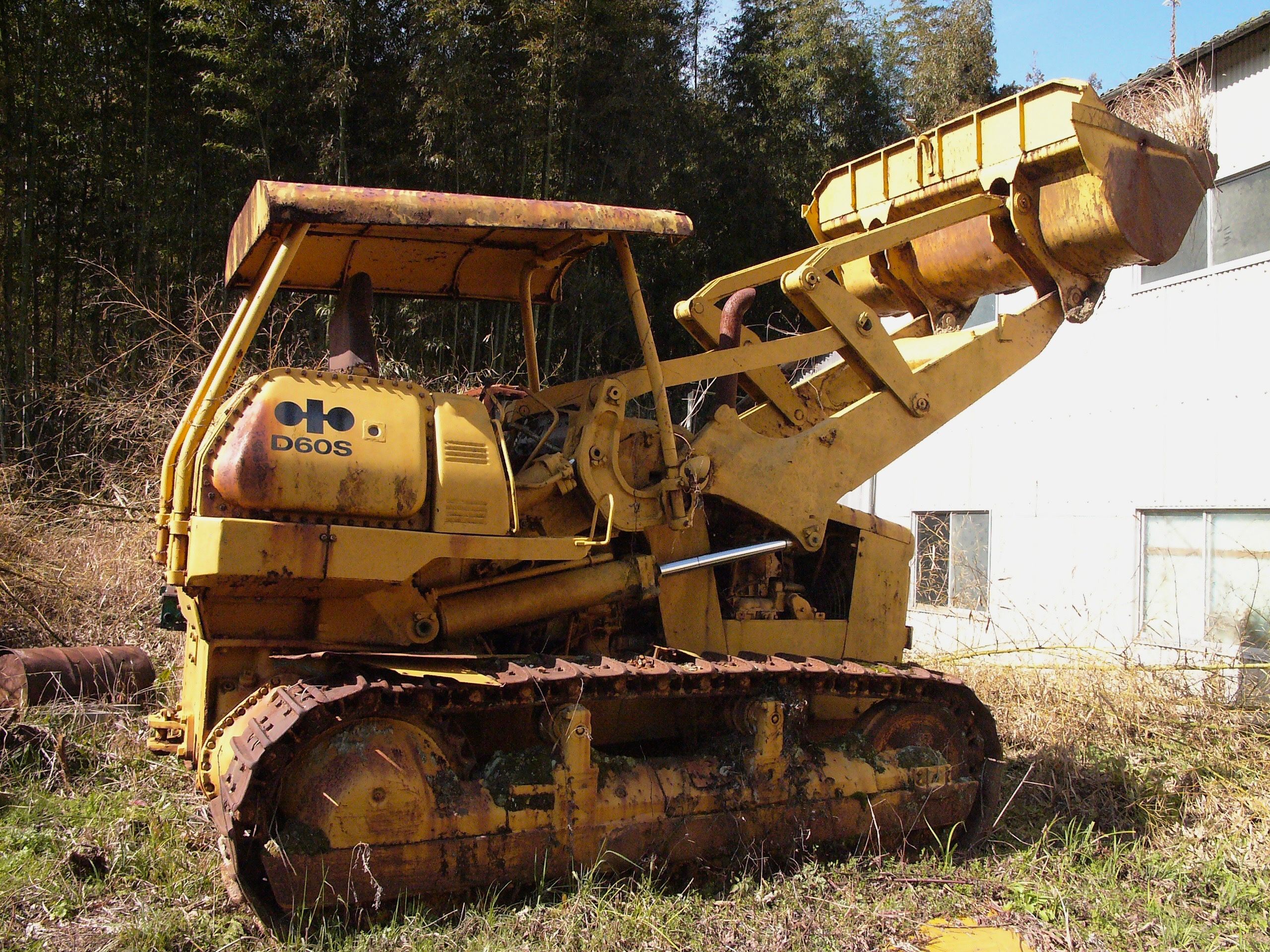
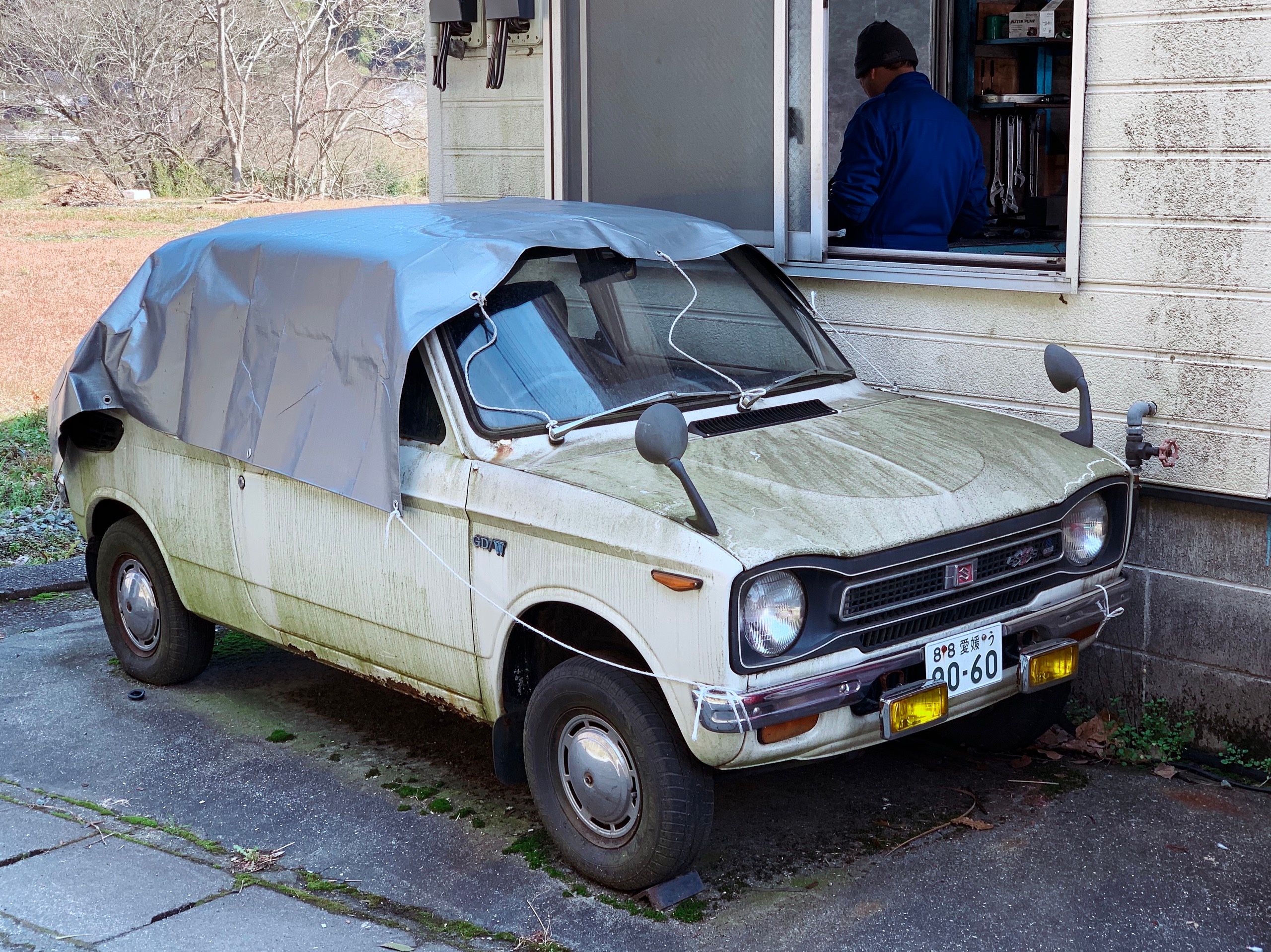
I tell myself I have long fallen out of love with cars, that I fell out of love with them on a summer night in 2009, but tell that to the fluttering chambers of my heart, invisible under smock and shirt and skin and bone and pericardium.
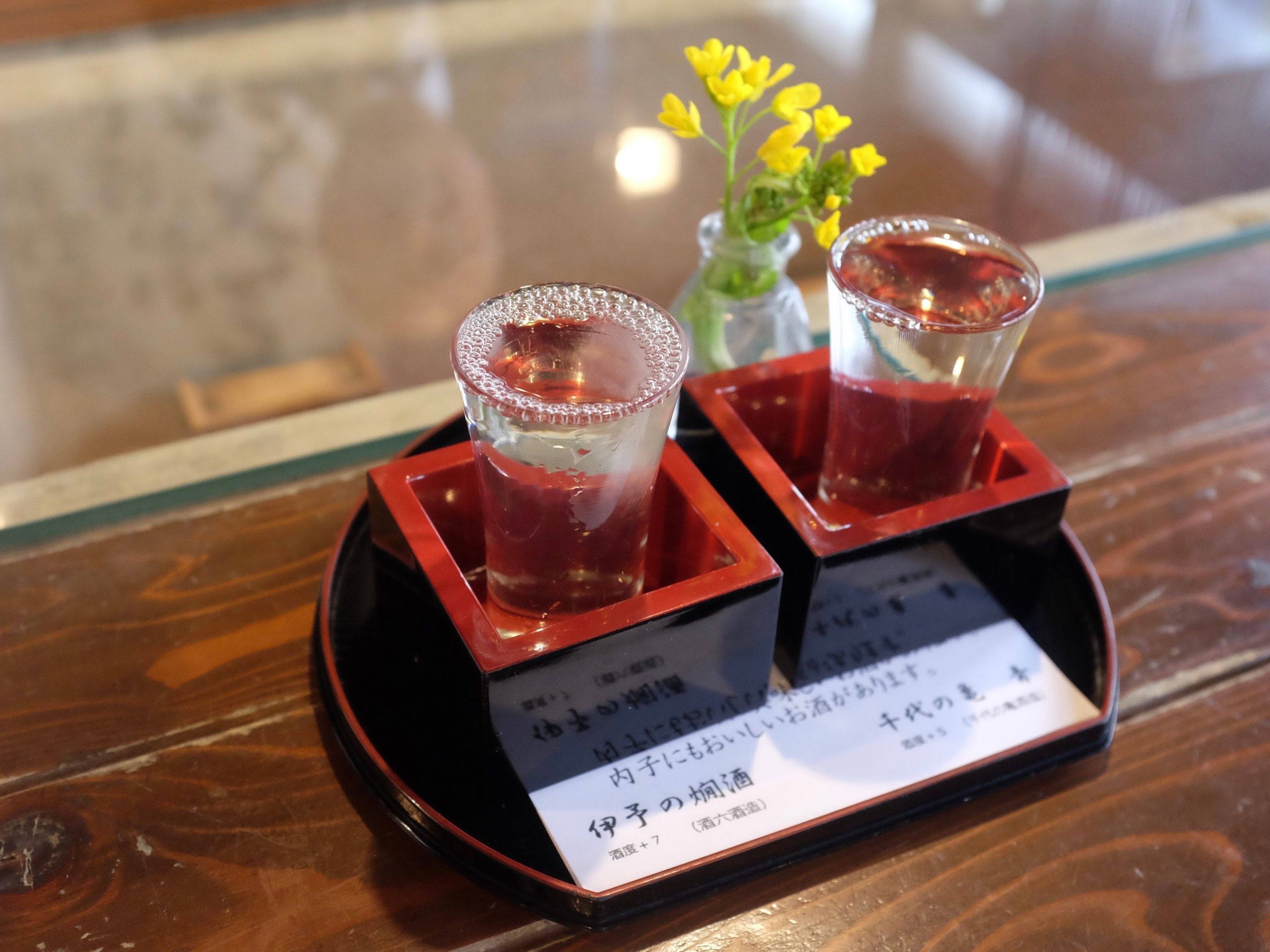
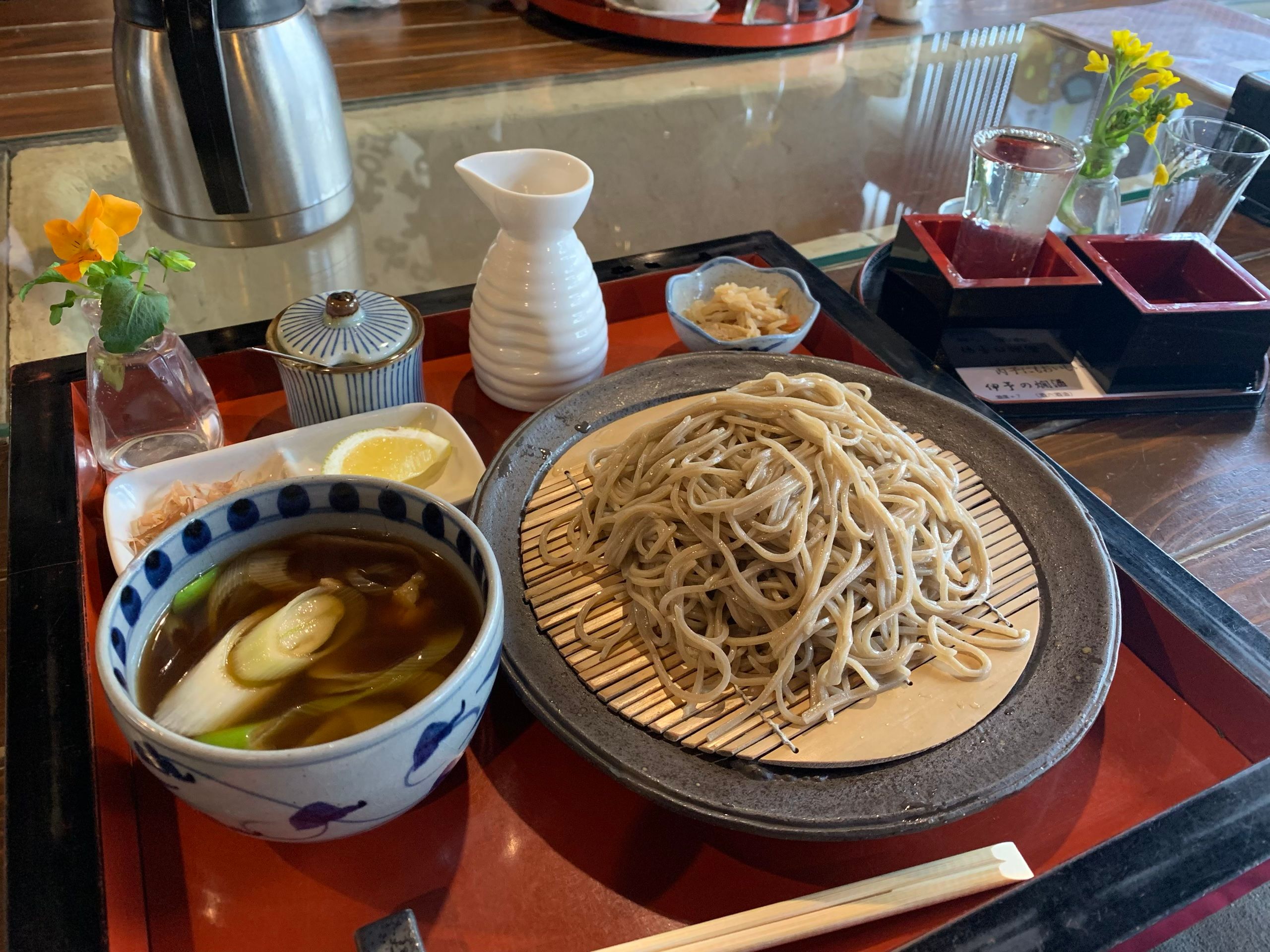
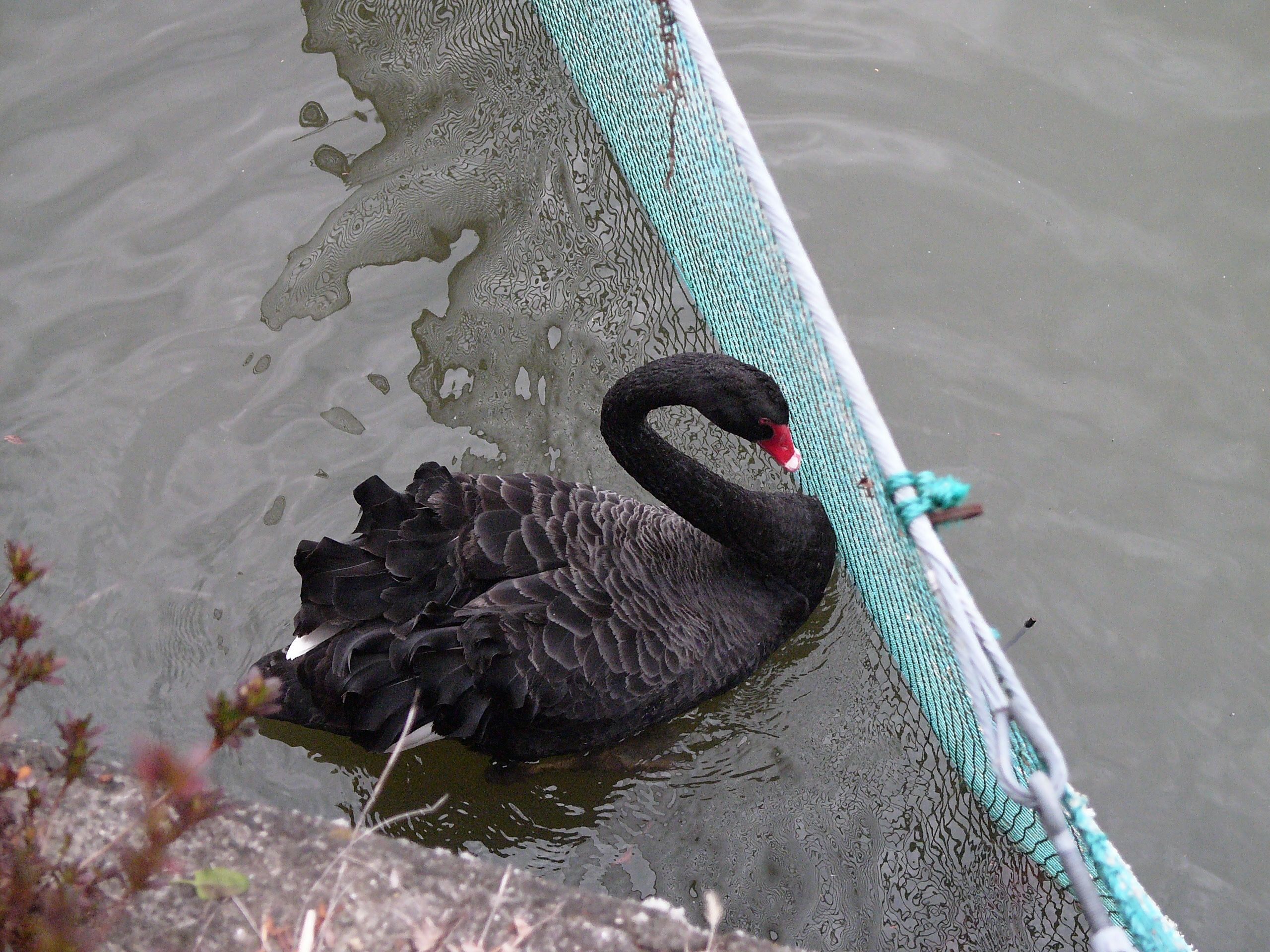
I walked out of the wilds and back into urban Japan in a snap, past a black swan in the ornithological sense instead of the metaphorical, past mountains of rich city food, past railway lines and convenience stores, and I knew I would see the sea tomorrow, and, soon, land’s end, the spirit-world trailing in my invisible wake across this melancholy island.
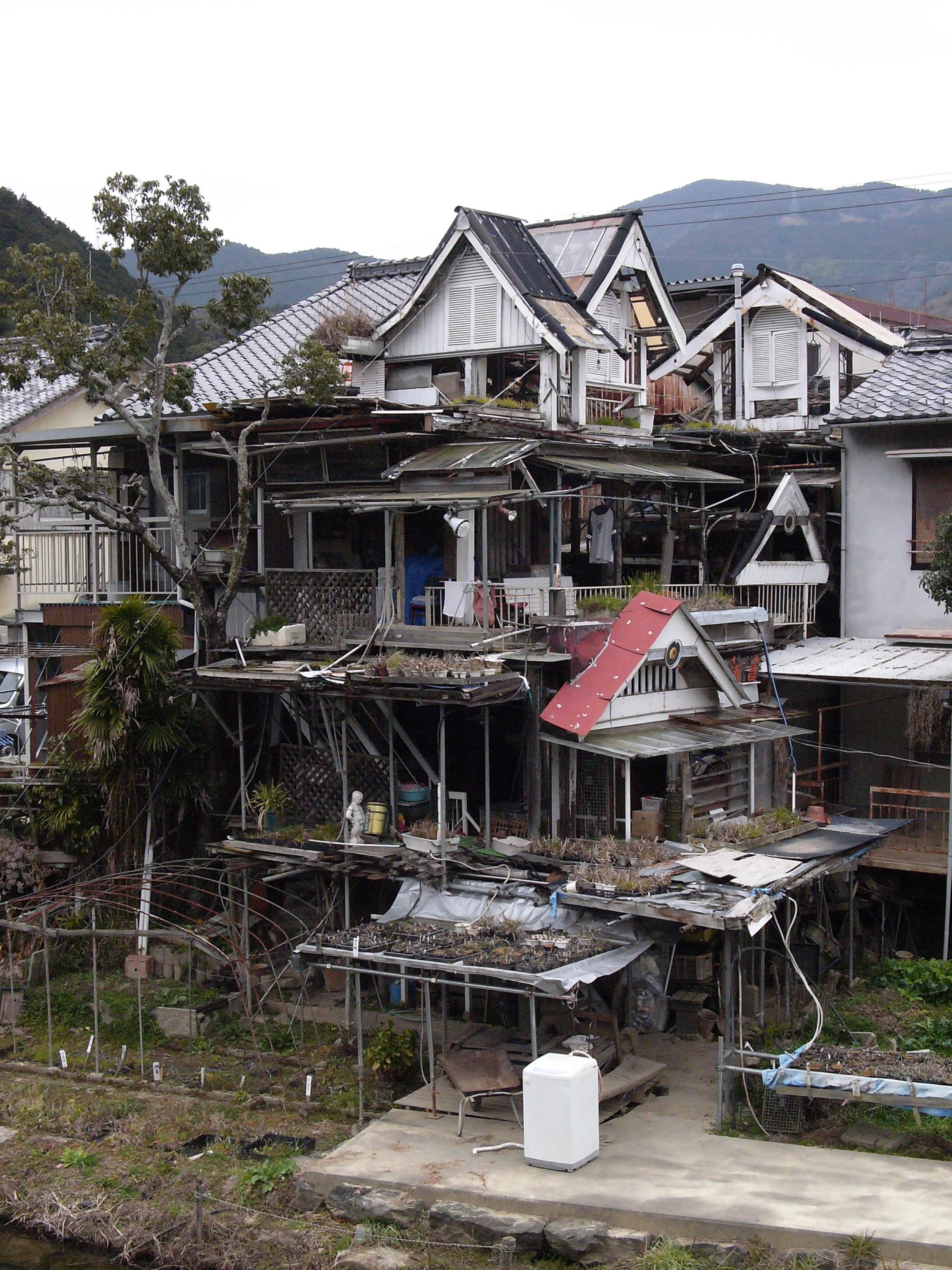
“The whole narrow street is, by coincidence or craft, an example of the intricacy in simplicity which characterizes the best of traditional Japanese design. The lower stories of the houses and shops are of different widths and set slightly different distances apart, so that the eye is always being teased by small changes in geometry,” Alan Booth wrote of a Meiji-era street in Uchiko. Further down the valley, on the outskirts of Ōzu, along a tributary of the Hijikawa River, stood this house, not so much an example of intricacy in simplicity but rather its exact opposite, an entire street folded into a single house, rambling and random, reminiscent of the bathhouse in Miyazaki Hayao’s Spirited Away, and at night the rain would patter on its many roofs.
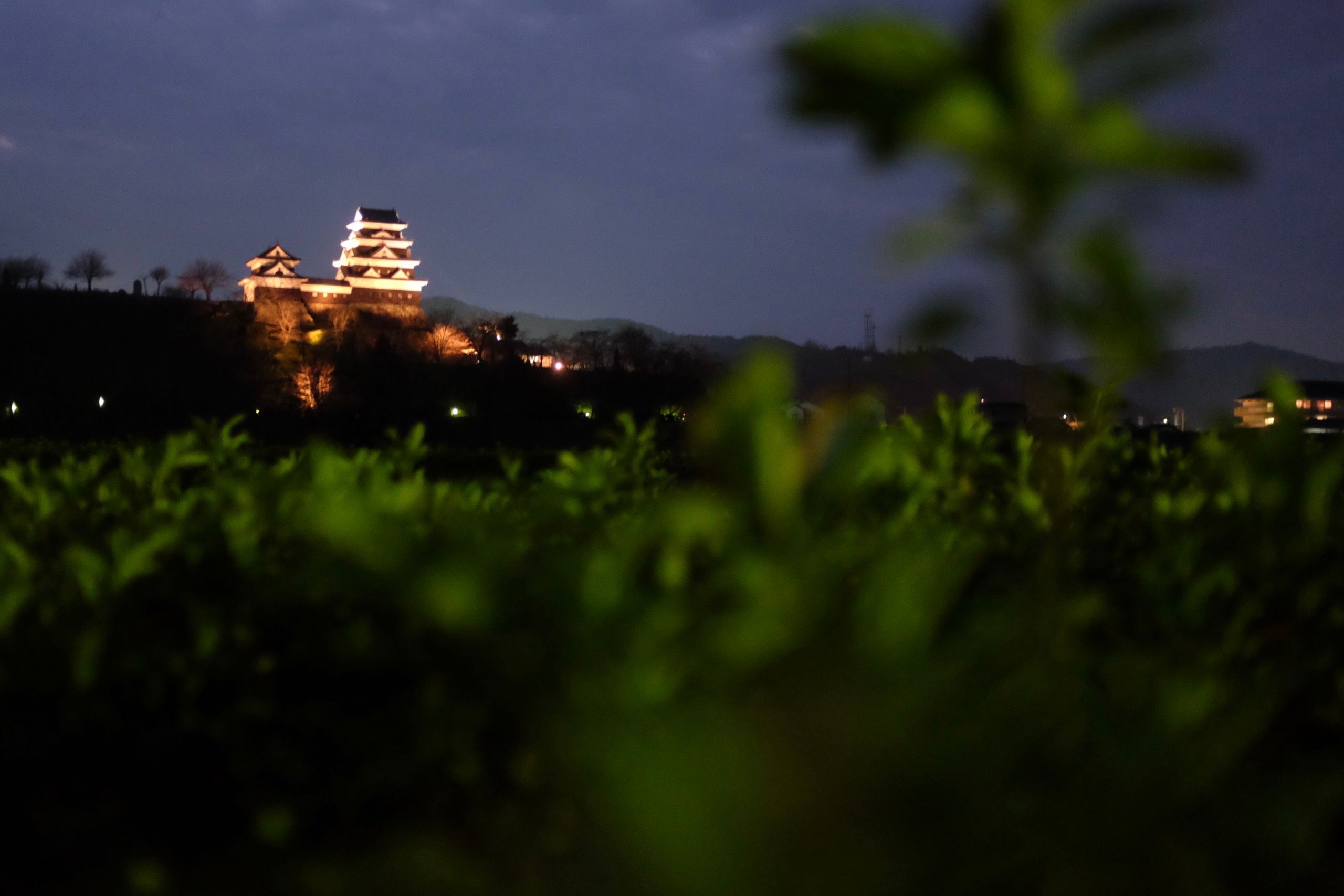
I did not know it at the time, but this tiny village is the birthplace of the Japanese writer Ōe Kenzaburō, who won the 1994 Nobel Prize in Literature.↩︎

